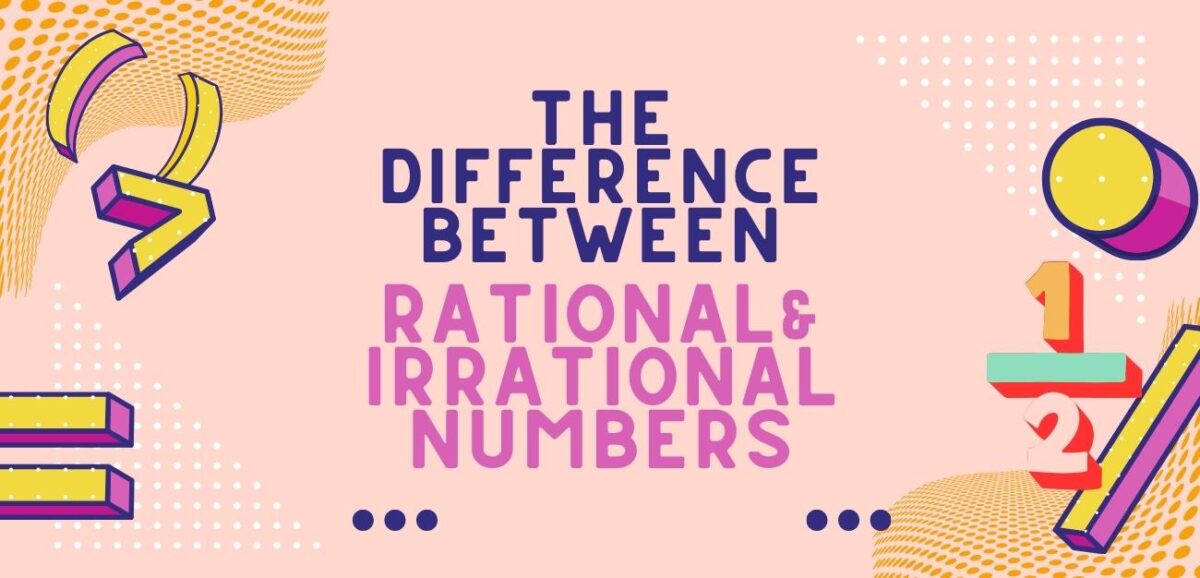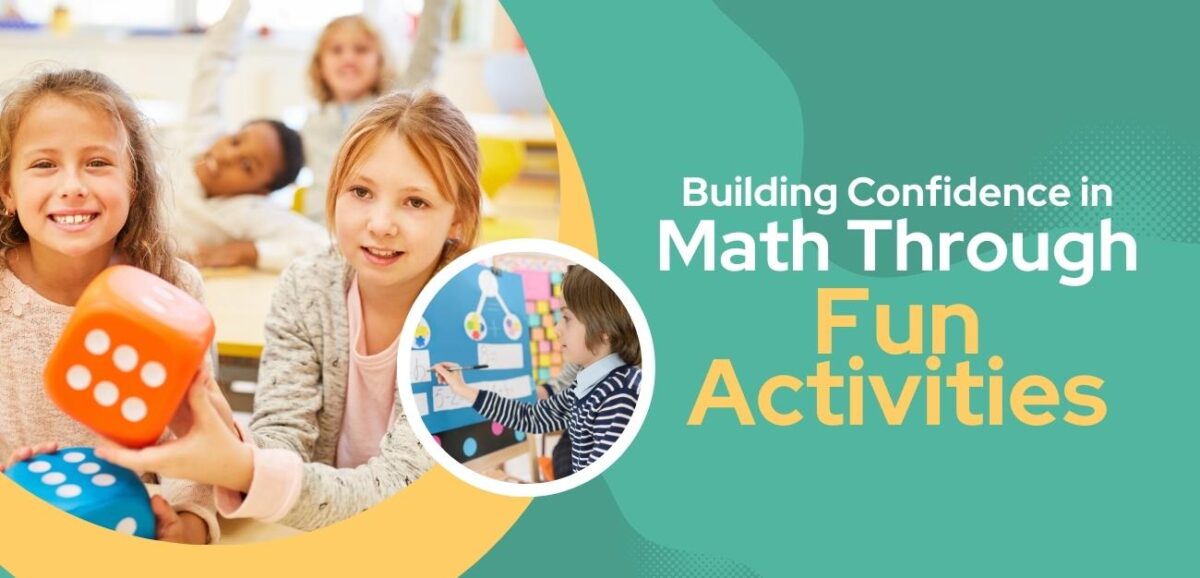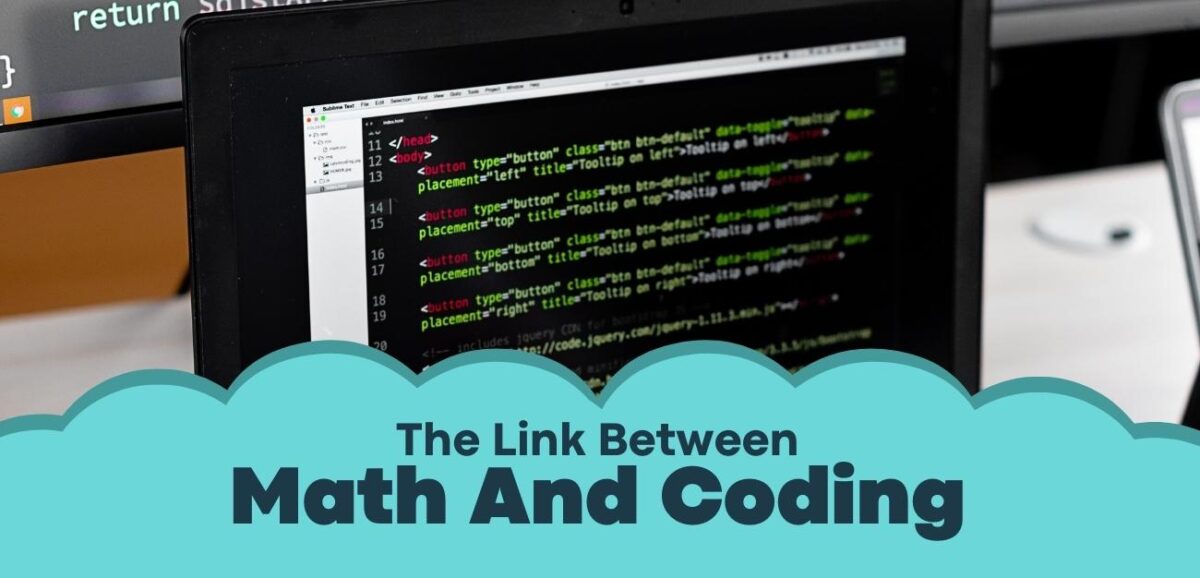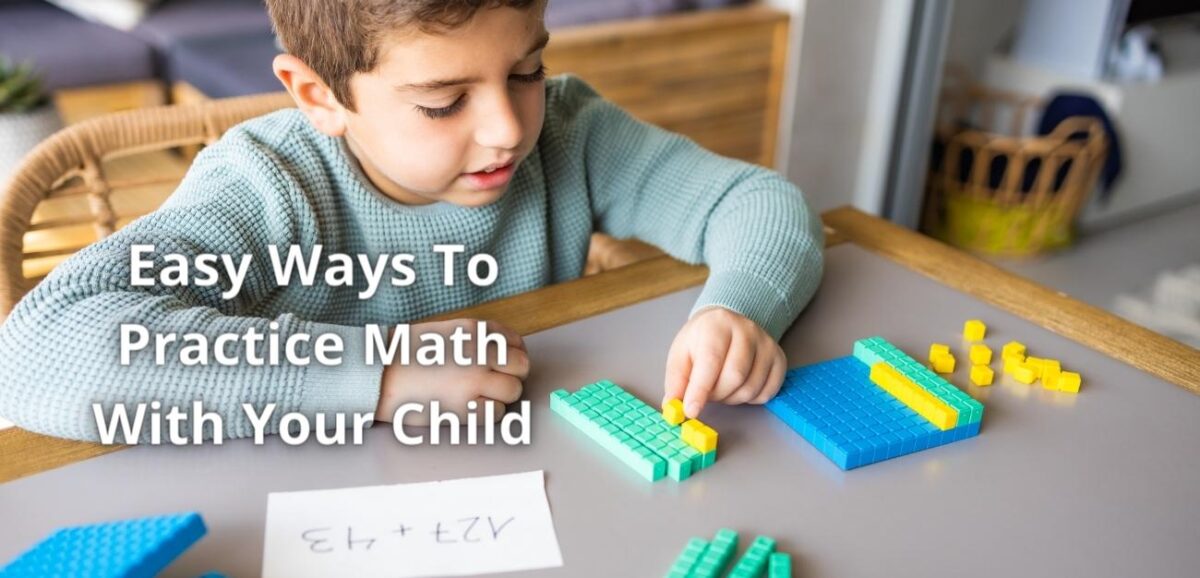Have you ever tried to help your child with their math homework and found yourself perplexed, especially when confronted with something as exotic-sounding as a Fibonacci Sequence? You’re not alone. Many parents share your bewilderment when their little ones ask them complex mathematical questions. This blog post is all geared up to make your life a little […]











